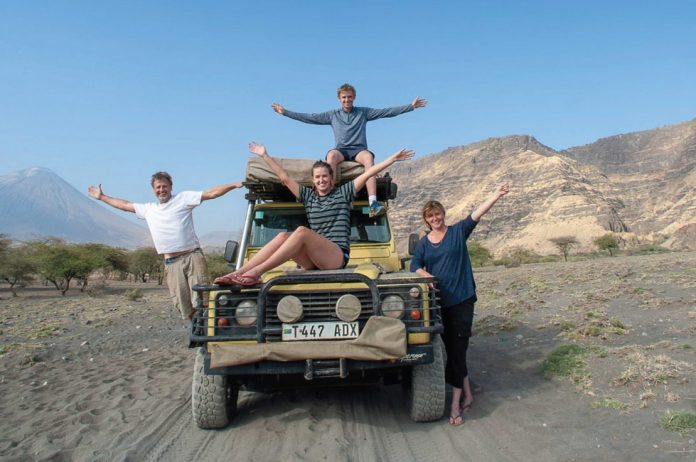Tanzania with its vast savannas, towering mountains, and abundant wildlife, is a paradise for adventurers seeking the ultimate safari experience. While guided tours are a popular choice for exploring the country’s national parks and reserves, embarking on a self-drive safari offers the freedom to discover Tanzania’s hidden treasures at your own pace. Join us as we get into the complete guide to self-drive safaris in Tanzania and unlock the secrets of this breathtaking destination.
Planning Your Itinerary:
The first step in planning your self-drive safari in Tanzania is to craft your itinerary. Research the country’s top wildlife destinations, including the Serengeti, Ngorongoro Crater, Tarangire, and Lake Manyara, to tailor your route to your interests and preferences. Consider factors such as travel time, road conditions, and seasonal wildlife migrations when planning your itinerary to ensure an unforgettable adventure.
Choosing the Right Vehicle:
Selecting the right vehicle is essential for a successful self-drive safari in Tanzania. Opt for a sturdy 4×4 vehicle equipped to handle rugged terrain and varying road conditions. Ensure your rental vehicle is well-maintained and equipped with essential amenities such as a spare tire, jack, and emergency supplies. Additionally, familiarize yourself with the vehicle’s features and functionalities before embarking on your journey to ensure a smooth and enjoyable driving experience.
Navigating Tanzania’s Roads:
Tanzania’s road network varies from well-paved highways to rough dirt tracks, so it’s essential to exercise caution and adapt your driving style accordingly. While major routes between cities are generally in good condition, remote areas and national parks may require more careful navigation. Be prepared for narrow, winding roads, wildlife crossings, and occasional potholes. Stay informed about road conditions and weather forecasts, and plan your travel accordingly to avoid potential delays or hazards.
Exploring Tanzania’s Wildlife:
Tanzania is home to an incredible diversity of wildlife, including the iconic Big Five—lion, elephant, buffalo, leopard, and rhinoceros. While self-driving through national parks and reserves, keep a lookout for wildlife sightings along the roadside and within designated viewing areas. Exercise caution and adhere to park regulations to ensure the safety of both yourself and the animals. Consider joining guided game drives or walking safaris led by experienced rangers to enhance your wildlife viewing experience and learn more about Tanzania’s rich biodiversity.
Cultural Experiences:
Beyond its natural beauty, Tanzania boasts a rich cultural heritage shaped by diverse ethnic groups and traditions. Take the opportunity to immerse yourself in the local culture by visiting traditional villages, attending cultural performances, and participating in community activities. Engage with local communities, learn about their customs and traditions, and savor the flavors of Tanzanian cuisine. Respect cultural norms and etiquette, and always ask for permission before taking photographs or interacting with locals.
Safety and Security:
Safety should always be a top priority when embarking on a self-drive safari in Tanzania. Be vigilant and aware of your surroundings, especially when traveling in remote areas or at night. Avoid driving after dark whenever possible and stay informed about potential security risks or travel advisories. Exercise caution at all times and follow local regulations and guidelines to ensure a safe and enjoyable experience.
Conclusion:
Embarking on a self-drive safari in Tanzania offers the opportunity to explore the country’s natural wonders and cultural heritage on your own terms. By planning your itinerary, choosing the right vehicle, and exercising caution on the roads, you can enjoy a memorable and rewarding adventure in the heart of Africa. So pack your bags, hit the road, and get ready to discover the wonders of Tanzania’s wild side on your self-drive safari.



















